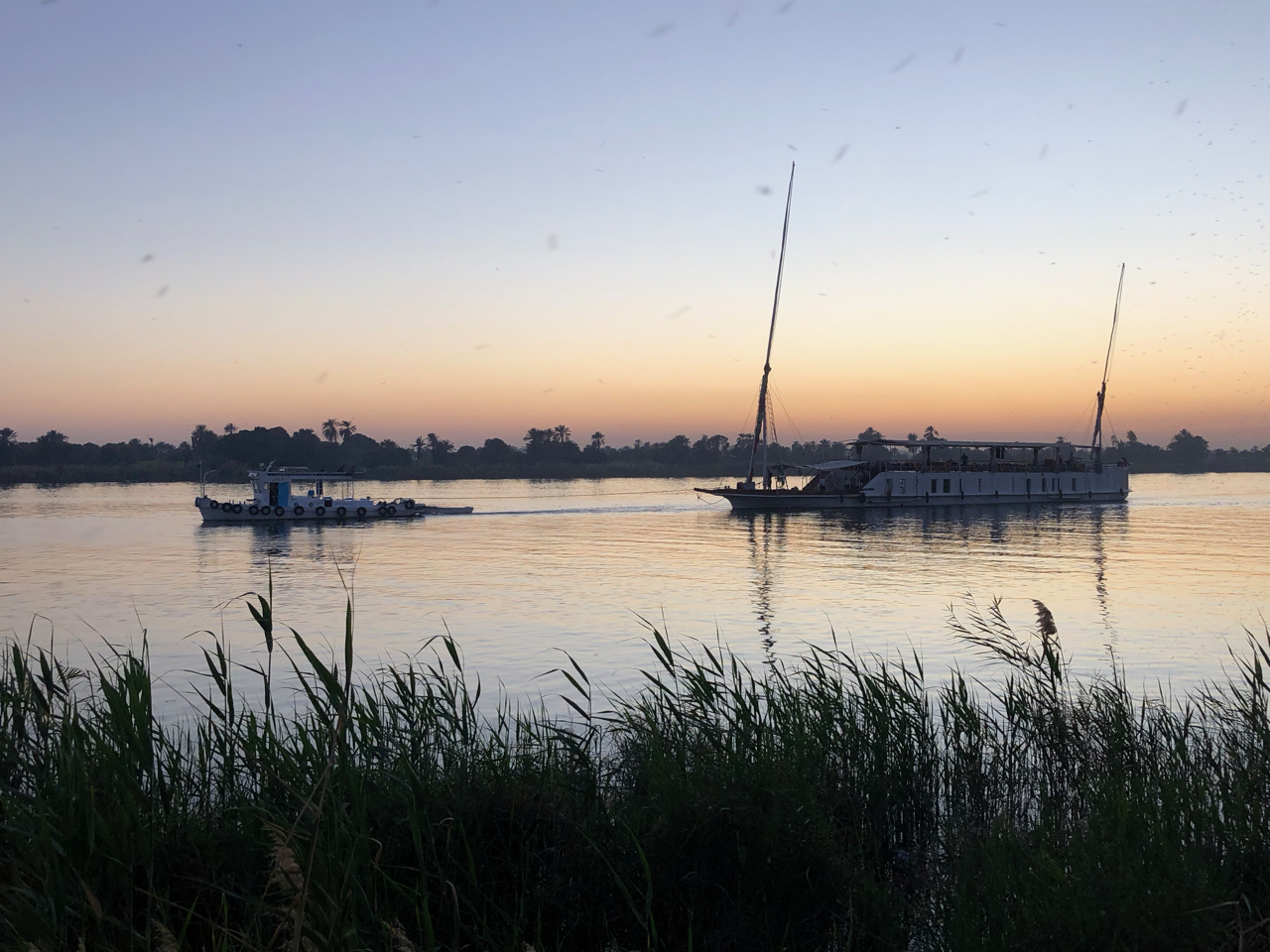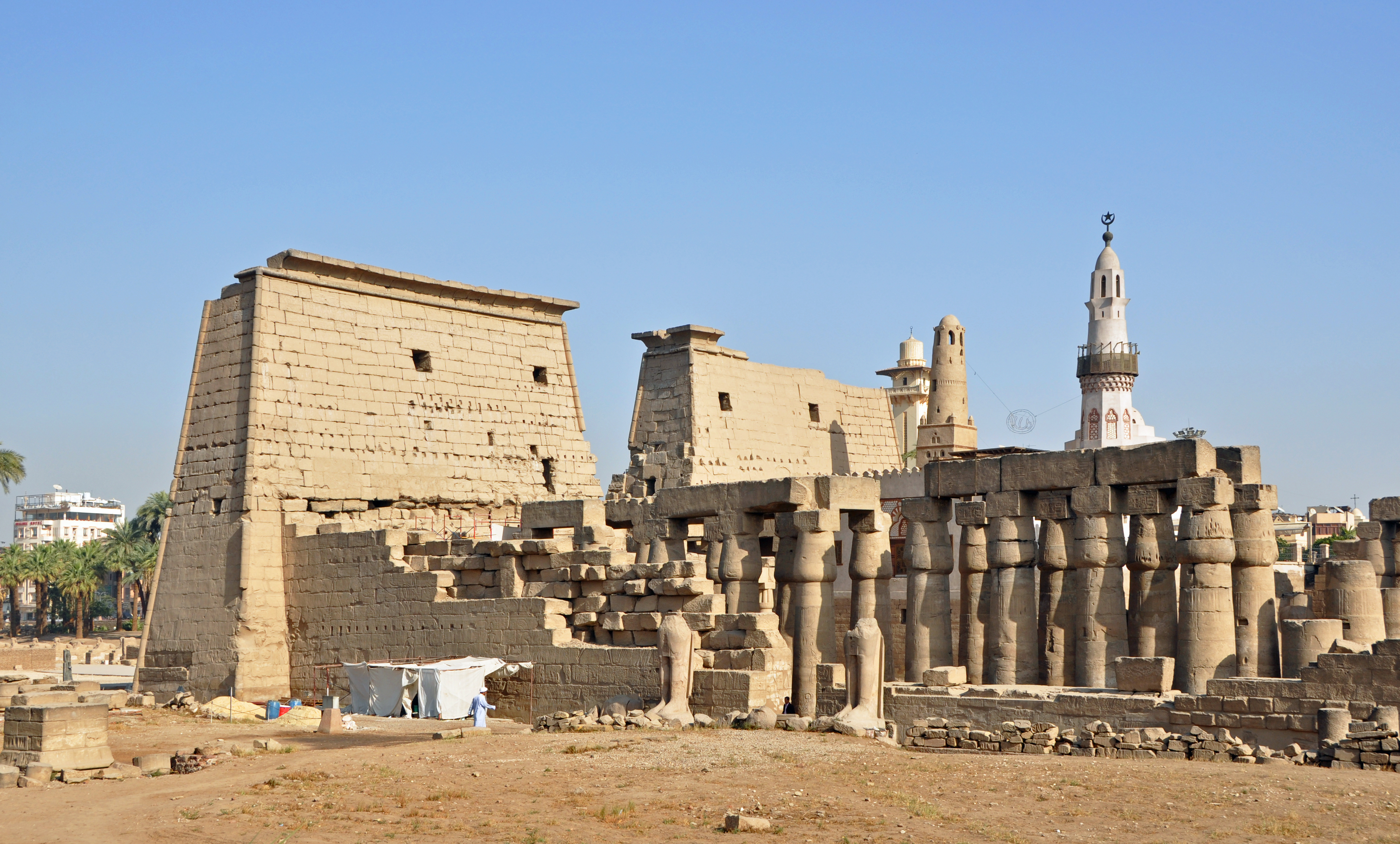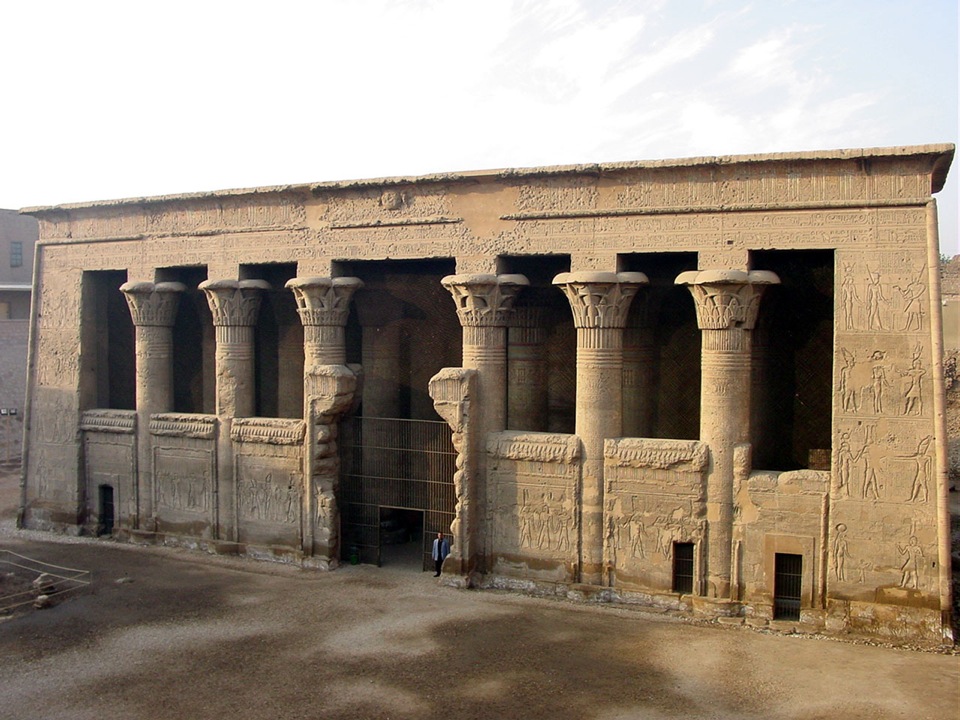|
Dahabeya
The ''Dahabeya'' or ''Dahabiya'' is a sailing boat that is based out of Luxor, Esna or Aswan for 3, 7, 9 or 12 nights cruises on the Nile river. History Originally built to carry celebrities and royal families, the ''Dahabeya'' was a luxury pleasure boat for the Nile. The name means "golden one", alluding to its gold and dongola decoration. (ذهبىة /ðahabīya/ is the feminine of ذهبى /ðahabī/ "golden". In Arabic the feminine suffix ''-a'' can indicate the singulative of inanimates, changing the meaning from "golden" to "a single golden thing". This word is used in Egypt for a general type of Nile boat: see dahabeah.) The name came to be applied to other boats with similar luxuries. The ''Dahabeya'' was later refitted as a cruise ship and now cruises the Nile River and Lake Nasser. Today many newer ''Dahabeya''s have been built for luxury cruises. Specifications Specifications of the ''Dahabeya'' are: *Length: 34,5 m *Draught: 0.6 m *Main Mast: 12.5 m *Sail: 360 s ... [...More Info...] [...Related Items...] OR: [Wikipedia] [Google] [Baidu] |
Dahabeah
A dahabeah, also spelled dahabeeyah, dahabiah, dahabiya, dahabiyah and dhahabiyya, as well as dahabiyeh and dahabieh (Arabic ذهبية /ðahabīya/), is a passenger boat used on the river Nile in Egypt. The term is normally used to describe a shallow-bottomed, barge-like vessel with two or more sails. The vessels have been around in one form or another for thousands of years, with similar craft being depicted on the walls of the tombs of Egyptian Pharaohs. Indeed, the name derives from the Arabic word for "gold", owing to similar, gilded state barges used by the Muslim rulers of Egypt in the Middle Ages. History Until the 1870s the dahabiya was the standard for tourists to travel up and down the river Nile. According to Donald Reid, in 1858 "a forty-day round trip from Cairo to Luxor cost about £110; a fifty-day trip to Aswan and back, about £150". However, Thomas Cook Ltd introduced the steam boat on the river and brought with them the organisational know how to turn a three- ... [...More Info...] [...Related Items...] OR: [Wikipedia] [Google] [Baidu] |
Dahabeah
A dahabeah, also spelled dahabeeyah, dahabiah, dahabiya, dahabiyah and dhahabiyya, as well as dahabiyeh and dahabieh (Arabic ذهبية /ðahabīya/), is a passenger boat used on the river Nile in Egypt. The term is normally used to describe a shallow-bottomed, barge-like vessel with two or more sails. The vessels have been around in one form or another for thousands of years, with similar craft being depicted on the walls of the tombs of Egyptian Pharaohs. Indeed, the name derives from the Arabic word for "gold", owing to similar, gilded state barges used by the Muslim rulers of Egypt in the Middle Ages. History Until the 1870s the dahabiya was the standard for tourists to travel up and down the river Nile. According to Donald Reid, in 1858 "a forty-day round trip from Cairo to Luxor cost about £110; a fifty-day trip to Aswan and back, about £150". However, Thomas Cook Ltd introduced the steam boat on the river and brought with them the organisational know how to turn a three- ... [...More Info...] [...Related Items...] OR: [Wikipedia] [Google] [Baidu] |
Sailboat
A sailboat or sailing boat is a boat propelled partly or entirely by sails and is smaller than a sailing ship. Distinctions in what constitutes a sailing boat and ship vary by region and maritime culture. Types Although sailboat terminology has varied across history, many terms have specific meanings in the context of modern yachting. A great number of sailboat-types may be distinguished by size, hull configuration, keel type, purpose, number and configuration of masts, and sail plan. Popular monohull designs include: Cutter The cutter is similar to a sloop with a single mast and mainsail, but generally carries the mast further aft to allow for a jib and staysail to be attached to the head stay and inner forestay, respectively. Once a common racing configuration, today it gives versatility to cruising boats, especially in allowing a small staysail to be flown from the inner stay in high winds. Catboat A catboat has a single mast mounted far forward and does not carr ... [...More Info...] [...Related Items...] OR: [Wikipedia] [Google] [Baidu] |
Luxor
Luxor ( ar, الأقصر, al-ʾuqṣur, lit=the palaces) is a modern city in Upper (southern) Egypt which includes the site of the Ancient Egyptian city of ''Thebes''. Luxor has frequently been characterized as the "world's greatest open-air museum", as the ruins of the Egyptian temple complexes at Karnak and Luxor stand within the modern city. Immediately opposite, across the River Nile, lie the monuments, temples and tombs of the west bank Theban Necropolis, which includes the Valley of the Kings and Valley of the Queens. Thousands of tourists from all around the world arrive annually to visit Luxor's monuments, contributing greatly to the economy of the modern city. The population of Luxor is 422,407 (2021), with an area of approximately . It is the capital of Luxor Governorate. It is among the oldest inhabited cities in the world. Etymology The name ''Luxor'' ( ar, الأقصر, al-ʾuqṣur, lit=the palace, pronounced , , Upper Egyptian: ) derives from the Arabic ... [...More Info...] [...Related Items...] OR: [Wikipedia] [Google] [Baidu] |
Esna
Esna ( ar, إسنا , egy, jwny.t or ; cop, or ''Snē'' from ''tꜣ-snt''; grc-koi, Λατόπολις ''Latópolis'' or (''Pólis Látōn'') or (''Lattōn''); Latin: ''Lato''), is a city of Egypt. It is located on the west bank of the Nile some south of Luxor. The town was formerly part of the modern Qena Governorate, but as of 9 December 2009, it was incorporated into the new Luxor Governorate. Latopolis This city of Latopolis (πόλις Λάτων) in the Thebaid of Upper Egypt should not be confused with the more northerly city of Letopolis (Λητοῦς Πόλις), ancient Khem, modern Ausim, in the Nile Delta in Lower Egypt. Ancient city The name "Latopolis" is in honor of the Nile perch, ''Lates niloticus'', the largest of the 52 species which inhabit the Nile, which was abundant in these stretches of the river in ancient times, and which appears in sculptures, among the symbols of the goddess Neith, associated by the ancient Greeks as Pall ... [...More Info...] [...Related Items...] OR: [Wikipedia] [Google] [Baidu] |
Aswan
Aswan (, also ; ar, أسوان, ʾAswān ; cop, Ⲥⲟⲩⲁⲛ ) is a city in Southern Egypt, and is the capital of the Aswan Governorate. Aswan is a busy market and tourist centre located just north of the Aswan Dam on the east bank of the Nile at the first cataract. The modern city has expanded and includes the formerly separate community on the island of Elephantine. Aswan includes five monuments within the UNESCO World Heritage Site of the Nubian Monuments from Abu Simbel to Philae (despite Aswan being neither Nubian, nor between Abu Simbel and Philae); these are the Old and Middle Kingdom tombs of Qubbet el-Hawa, the town of Elephantine, the stone quarries and Unfinished Obelisk, the Monastery of St. Simeon and the Fatimid Cemetery. The city's Nubian Museum is an important archaeological center, containing finds from the International Campaign to Save the Monuments of Nubia prior to the Aswan Dam's flooding of all of Lower Nubia. The city is part of the UNESCO Cr ... [...More Info...] [...Related Items...] OR: [Wikipedia] [Google] [Baidu] |
Nile
The Nile, , Bohairic , lg, Kiira , Nobiin language, Nobiin: Áman Dawū is a major north-flowing river in northeastern Africa. It flows into the Mediterranean Sea. The Nile is the longest river in Africa and has historically been considered the List of rivers by length, longest river in the world, though this has been contested by research suggesting that the Amazon River is slightly longer.Amazon Longer Than Nile River, Scientists Say Of the world's major rivers, the Nile is one of the smallest, as measured by annual flow in cubic metres of water. About long, its drainage basin covers eleven countries: the Democratic Republic of the Congo, Tanzania, Burundi, Rwanda, Uganda, Kenya, Ethiopia, Erit ... [...More Info...] [...Related Items...] OR: [Wikipedia] [Google] [Baidu] |
Gold
Gold is a chemical element with the symbol Au (from la, aurum) and atomic number 79. This makes it one of the higher atomic number elements that occur naturally. It is a bright, slightly orange-yellow, dense, soft, malleable, and ductile metal in a pure form. Chemically, gold is a transition metal and a group 11 element. It is one of the least reactive chemical elements and is solid under standard conditions. Gold often occurs in free elemental ( native state), as nuggets or grains, in rocks, veins, and alluvial deposits. It occurs in a solid solution series with the native element silver (as electrum), naturally alloyed with other metals like copper and palladium, and mineral inclusions such as within pyrite. Less commonly, it occurs in minerals as gold compounds, often with tellurium (gold tellurides). Gold is resistant to most acids, though it does dissolve in aqua regia (a mixture of nitric acid and hydrochloric acid), forming a soluble tetrachloroaurate anion. Gold is ... [...More Info...] [...Related Items...] OR: [Wikipedia] [Google] [Baidu] |
Dongola
Dongola ( ar, دنقلا, Dunqulā), also spelled ''Dunqulah'', is the capital of the state of Northern Sudan, on the banks of the Nile, and a former Latin Catholic bishopric (14th century). It should not be confused with Old Dongola, an ancient city located 80 km upstream on the opposite bank. Etymology The word Dongola comes from the Nubian word "Doñqal" which means red brick, as most buildings were made of bricks, thus provoking one of ancient Nubia's biggest industries. A more modern use of the word is to describe a strong and hard bulwark, that being so Dongola is often called "the Resident of a large Nile castle". History Dongola was a province of Upper Nubia on both sides of the Nile, and the city was a centre for Nubian civilization, as manifested by its many archaeological remains from the Makurian and Islamic periods. Dongolawis originate from early indigenous Nubian Sub Saharan African inhabitants with many taking pride in their mostly non-mixed ancestry; ... [...More Info...] [...Related Items...] OR: [Wikipedia] [Google] [Baidu] |
Singulative Number
In linguistics, singulative number and collective number (abbreviated and ) are terms used when the grammatical number for multiple items is the unmarked form of a noun, and the noun is specially marked to indicate a single item. This is the opposite of the more common singular–plural pattern, where a noun is unmarked when it represents one item, and is marked to represent more than one item. In some cases, a further distinction is made between the collective and what is known in some terminologies as the plurative, the former referencing multiple items as a class, the latter referencing them as individual units. Greenberg's linguistic universal #35 states that no language is purely singulative-collective in the sense that plural is always the null morpheme and singular is not. Examples Welsh Welsh has two systems of grammatical number, singular–plural and collective–singulative. Since the loss of the noun inflection system of earlier Celtic, plurals have become un ... [...More Info...] [...Related Items...] OR: [Wikipedia] [Google] [Baidu] |
Nile River
The Nile, , Bohairic , lg, Kiira , Nobiin: Áman Dawū is a major north-flowing river in northeastern Africa. It flows into the Mediterranean Sea. The Nile is the longest river in Africa and has historically been considered the longest river in the world, though this has been contested by research suggesting that the Amazon River is slightly longer.Amazon Longer Than Nile River, Scientists Say Of the world's major rivers, the Nile is one of the smallest, as measured by annual flow in cubic metres of water. About long, its covers eleven countries: the |
Lake Nasser
Lake Nasser ( ar, بحيرة ناصر ', ) is a vast reservoir in Southern Egypt and northern Sudan. It is one of the largest man-made lakes in the world. Before construction, Sudan was against the building of Lake Nasser because it would encroach on land in the North, where the Nubian people lived. They would have to be resettled. In the end Sudan's land near the area of Lake Nasser was mostly flooded by the lake. Strictly speaking, "Lake Nasser" refers only to the much larger portion of the lake that is in Egyptian territory (83% of the total), with the Sudanese preferring to call their smaller body of water Lake Nubia ( arz, بحيرة النوبة ', ). __TOC__ Description The lake is some long and across at its widest point, which is near the Tropic of Cancer. It covers a total surface area of and has a storage capacity of some of water. The lake was created as a result of the construction of the Aswan High Dam across the waters of the Nile between 1958 and 1970. Th ... [...More Info...] [...Related Items...] OR: [Wikipedia] [Google] [Baidu] |









